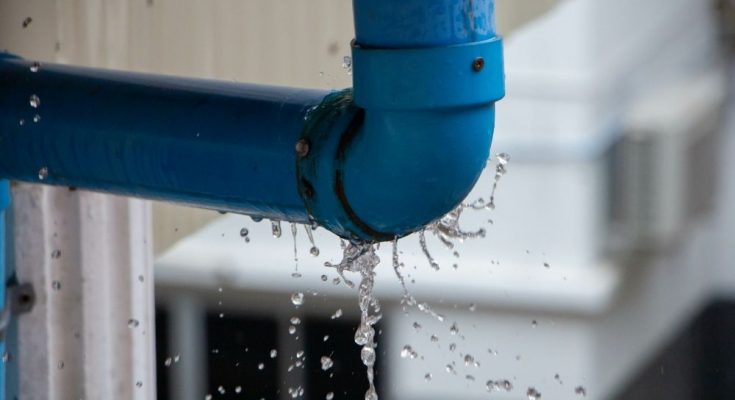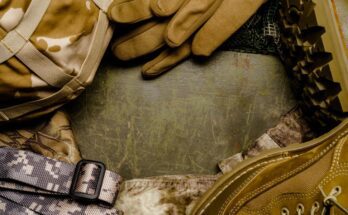Identifying a water leakage is a huge undertaking without the proper understanding of how to track or resolve the issue. Water tends to travel and pool in certain areas, leaving leaks, cracks, damage to the infrastructure, and even buckled pavement in its wake.
Most plumbing is done underground, so there is only so much visual identification that can be done to pinpoint the problem area. That leaves audio tracking as the most viable option for getting the job done. Those who use this method know how to check for water leaks in your industrial facility effortlessly like a professional.
Acoustics
Acoustic vibrations have been the standard method of leak detection for decades to exact the problem area in pipelines. This method works by listening to vibrational sounds inside pipes, as there are certain sounds that identify a weakening or broken part in a pipe.
The closer that the detector comes to the leak, the louder and more profound those sounds become until they reach their maximum volume. If the sounds begin to wane after the maximum volume is reached, you can be sure that you just found your problem and that it is behind where your detectors currently lay.
Listening Apparatuses
We have discussed the method of best practice for finding leakages, but what about the tools needed to do so? There are several different means to get this underway, such as mobile or fixed style apparatuses that transmit signals via radio waves.
The mobile can be radio-controlled to find the problem. These signals are usually downloaded to memory devices, then uploaded to laptops to get a better graphic of the area. This process achieves the most accurate result of where the leak is happening.
Fixed Units
Another means is through fixed tracking mechanisms. These are usually implanted every three to four feet in the area around the pipe.
Whenever these are put in place, they serve a dual purpose. First, they can help pinpoint and detect leakages in a bracketing method between two fixed units just feet apart from one another. The second is that by having them in place, you can detect a leakage faster than is possible with most traditional methods. This allows you to alert the company long before infrastructural problems ever occur.
Secondary Methods
An alternate means of finding your water problem lies in the use of flow meters and gauges. Most industries have water meters to help regulate the flow and pressure that keep things up and running to protect against any potential water waste.
Any significant or slight change in the pressure of the water gauges calls for concern. These changes will alert the staff in charge of the flow meters to run diagnostics to check for leaks to help and keep things flowing as they should. Also, you can consider Drainage Gully which helps to solve your drainage problem.
Having the professional knowledge of how to check for water leaks in your industrial facility is something that most businesses should adopt as a requirement. This process will prevent any serious long-term effects to their infrastructure and the area around them.



